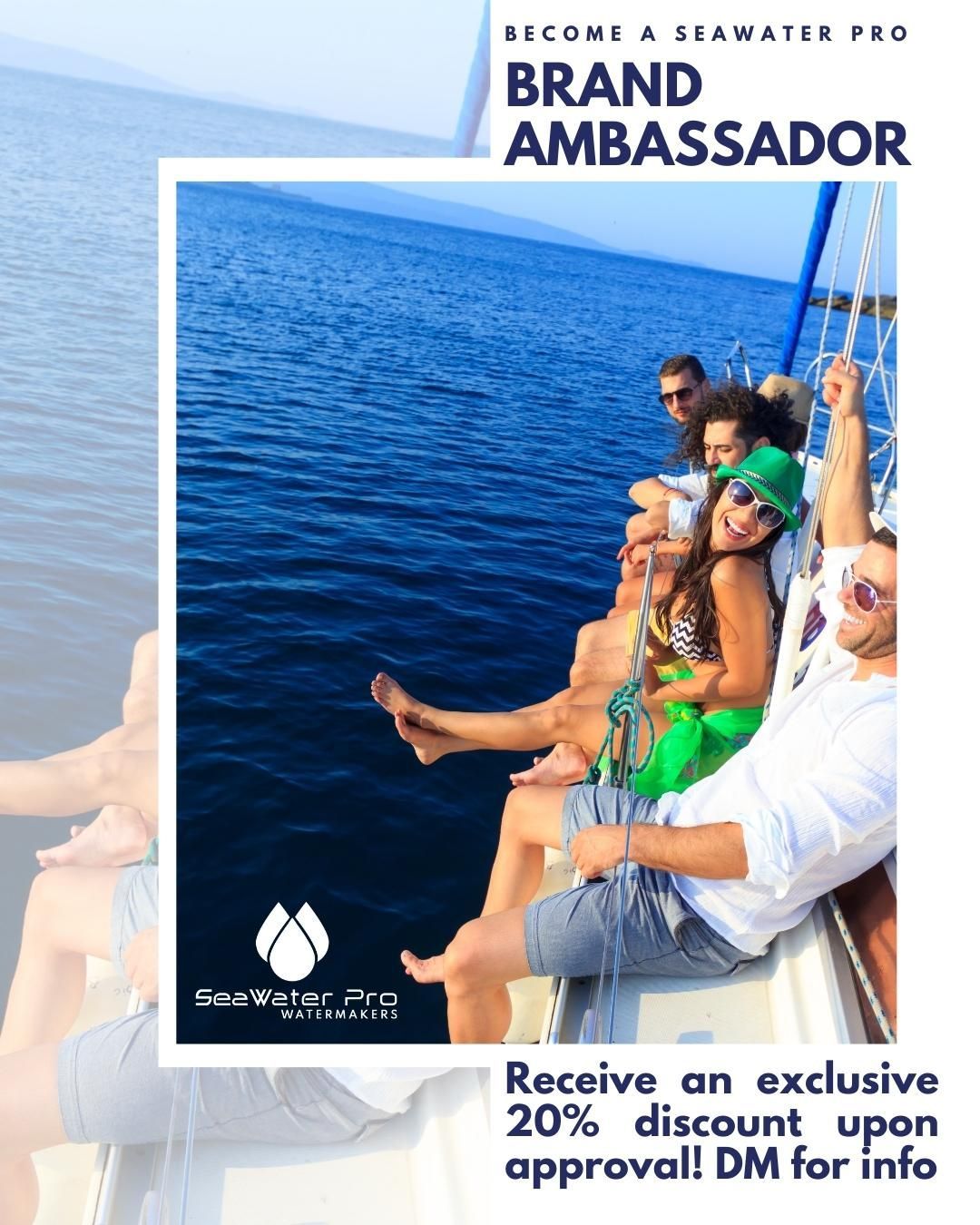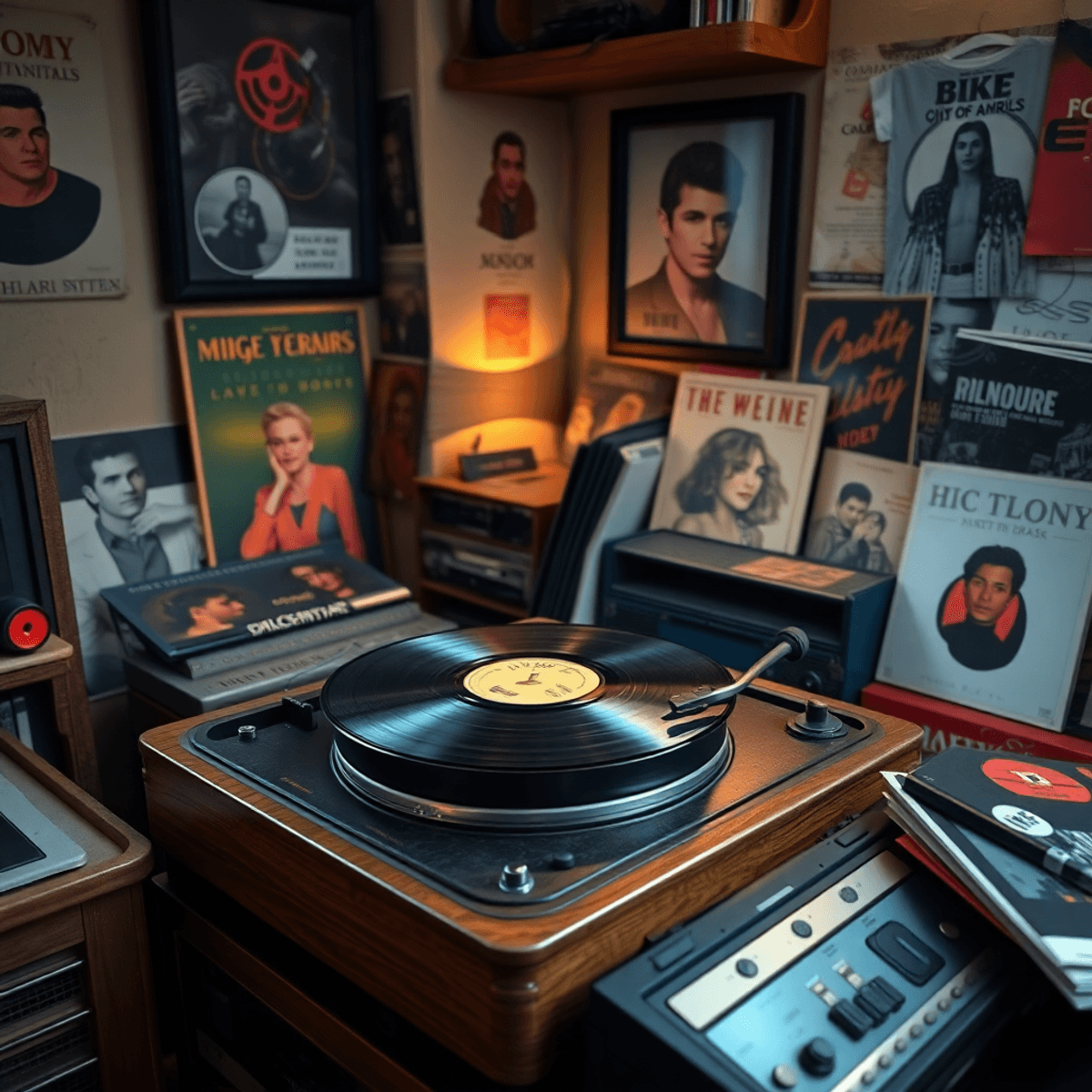Staying hydrated wherever your adventures take you is non-negotiable, especially when you’re cruising offshore or anchored at a remote island. That’s where SeaWater Pro steps in—a brand known for its innovative approach to portable seawater desalination. If you’ve ever Googled “Review Sea Water Pro,” odds are you’re looking for a reliable, easy-to-use solution to transform saltwater into safe, clean drinking water.
SeaWater Pro delivers just that with its compact, portable watermaker systems.
- Whether you’re a weekend sailor or a liveaboard adventurer, these units make fresh water available anytime, anywhere.
- Forget the hassle of lugging jugs or rationing limited supplies; this marine water filtration system provides freedom and peace of mind on every journey.
Make space in your galley and free up your travel plans—fresh water is now as close as the nearest wave.
Understanding SeaWater Pro: The Technology Behind Clean Water On-Demand
Every SeaWater Pro portable seawater desalination system uses reverse osmosis technology. This process involves using a high-pressure pump to force seawater through a semipermeable membrane, which filters out salt, bacteria, and impurities, leaving only pure, drinkable water behind.
How Reverse Osmosis Works in SeaWater Pro Units
Here’s a breakdown of how the reverse osmosis process works in SeaWater Pro units:
- Seawater intake: Seawater is drawn into the system and passes through pre-filters that remove sand, sediment, and larger particles.
- Pressure increase: The boost pump housing increases the water pressure before sending it into the main part of the system—the membrane vessels.
- Membrane filtration: Inside these vessels, advanced reverse osmosis membranes act as powerful barriers. Water molecules can pass through, but dissolved salts and contaminants are left behind.
- Freshwater output: The result is fresh water that meets drinking standards—ready for cooking, cleaning, or quenching your thirst.
Modular System Design for Portability and Maintenance
SeaWater Pro units are designed with a modular approach. Each major component—pump, pre-filter assembly, high-pressure pump, and membrane vessels—can be accessed and serviced individually. This design offers several clear benefits:
- Easy upgrades or repairs: No need to replace the whole unit if a single part needs attention.
- Flexible installation: Fit your SeaWater Pro into tight spots onboard thanks to its compact arrangement.
“It’s like having a mini water treatment plant right on your boat—without the hassle or bulk.”
The smart use of corrosion-resistant materials keeps each unit durable against harsh marine elements. With this innovative combination of reverse osmosis technology and user-friendly engineering, SeaWater Pro delivers clean water wherever your adventure leads.
Key Features That Set SeaWater Pro Apart
SeaWater Pro watermakers stand out due to their exceptional features designed for convenience and efficiency.
Portability
- Compact Size: These watermakers are designed to be compact and lightweight, making them perfect for boating and travel. You can easily transport them without hassle.
Durable Construction
- Noncorrosive Materials: Built with durable, noncorrosive parts, SeaWater Pro units withstand harsh marine environments, ensuring long-lasting performance even in the saltiest conditions.
Power Options
- AC Powered Watermaker: Ideal if you have access to a generator or shore power. AC units offer reliable operation while docked or near power sources.
- DC Powered Watermaker: Perfect for battery or engine-driven setups. DC units are great for extended trips where electricity might be limited, providing flexibility and independence.
Capacity Variations
- 17 GPH vs 40 GPH Models: Whether you need a small amount of fresh water or more substantial quantities, SeaWater Pro offers models with varying capacities to match your specific needs. The 17 gallons per hour (GPH) option is suitable for smaller boats and personal use, while the 40 GPH model caters to larger vessels and higher demand.
These features combine to create a reliable, user-friendly solution that meets the diverse requirements of sailors and adventurers alike.
Easy Installation and Setup: A DIY Guide to Getting Started with Your SeaWater Pro Watermaker
Setting up a SeaWater Pro system doesn’t require a degree in engineering—just a bit of confidence, common tools, and the right watermaker installation guide. Easy DIY install watermakers are at the heart of what makes SeaWater Pro shine for boaters and adventurers who prefer hands-on solutions.
Step-by-Step Installation Made Simple
- Choose Your Spot
- Pick a dry, easily accessible space onboard for your unit. Many users favor under-seat spaces or dedicated utility lockers.
- Mount Key Components
- Secure the membrane vessel, boost pump housing, and control panel firmly using provided brackets. Each piece is clearly labeled and designed for straightforward attachment.
- Connect Hoses and Power
- Attach the feedwater inlet and product/brine outlets as directed in the easy-to-follow manual. Depending on your model, plug into either AC or DC power, matching your vessel’s energy setup.
- Prime and Test
- Double-check all fittings for tightness before running your first test cycle with seawater.
NMEA 2000 Automation Controller Integration
Integrating with existing marine electronics is seamless thanks to the NMEA 2000 Automation Controller. This smart feature allows you to monitor and control your watermaker from compatible chartplotters or displays—making it easy to review Sea Water Pro system status without leaving the helm.
Rinse Timer Setup Tips
Keeping your membranes clean extends their lifespan dramatically. Setting up the automated rinse timer takes just minutes:
- Navigate through the control panel or NMEA interface
- Set preferred rinse intervals based on usage frequency
- Let the system handle freshwater rinses automatically after each use
With these user-friendly steps, anyone can take ownership of their fresh water supply—no specialized technician required.
Maintaining Your SeaWater Pro Watermaker: Tips for Longevity and Optimal Performance
Consistent watermaker maintenance and pickling routines are key to keeping your SeaWater Pro system running smoothly. Pickling—flushing the membrane with a preservative solution when not in use for extended periods—prevents biological growth inside the membrane, saving you from costly repairs or replacements later on.
1. Regular Cleaning Cycles
Run fresh water rinses after every use, and perform pickling if the watermaker will sit idle for a week or longer. This simple practice keeps membranes healthy and maintains optimal output rates.
2. Inspect Key Components
Make it a habit to check parts like the pressure regulator and comet pump. These components control flow and pressure within the system. Spotting leaks, pressure drops, or any unusual noises early helps avoid breakdowns at sea.
3. Best Practices for Heavy Use
For those using their watermaker daily or under demanding conditions, tracking performance metrics is smart. Monitor pressure gauges during operation—deviations often signal fouling or a need for filter changes. Keep spare filters and o-rings handy in your maintenance kit so you’re never caught off guard.
Staying proactive with routine checks and scheduled cleaning ensures your SeaWater Pro delivers crisp, clean water every trip.
The right care habits mean less downtime, more reliable freshwater, and a system that stands up to years of salty adventures.
Why Choose a Portable Desalination System Over Traditional Storage Tanks? A Comparison with SeaWater Pro’s Competitors
Bringing plenty of water on board has always been the go-to solution for long sea journeys, but lugging around massive storage tanks eats up valuable space and adds weight. Portable seawater desalination systems for boating—like SeaWater Pro—are changing the game for sailors, cruisers, and liveaboards who want endless fresh water without sacrificing cabin comfort.
Space & Convenience
- Ditch the bulk: Traditional freshwater tanks take up significant room below deck, often limiting storage for other essentials or cutting into living space.
- On-demand supply: With a portable desalination system, you turn seawater into drinkable fresh water whenever needed. No more rationing or planning pit stops just to refill tanks.
Unlimited Water vs. Fixed Capacity
- Traditional tanks: Once your tank runs dry, you’re out of luck until you find a refill point.
- SeaWater Pro: As long as there’s seawater beneath your hull, clean drinking water is at your fingertips—perfect for extended voyages or remote anchorages.
Side-by-Side: SeaWater Pro vs. Rainman
|
Feature SeaWater Pro 17 GPH/40 GPH Rainman Portable Systems Output Capacity |
17 or 40 gallons per hour (GPH) |
Up to 37 GPH (varies by model) |
|
Energy Consumption |
Efficient AC/DC options |
AC/DC available; similar ranges |
|
Portability |
Compact, modular, lightweight |
Portable but can be bulkier |
|
Durability |
Noncorrosive marine-grade materials |
Durable construction |
|
Value & Cost-Effectiveness |
Competitive pricing; DIY-friendly |
Typically higher price point |
Key Takeaways from the Comparison of Watermakers and Traditional Storage Tanks
SeaWater Pro models offer flexibility—choose between 17 GPH and 40 GPH outputs to match crew size or trip duration.
Energy efficiency matters: Both SeaWater Pro and competitors like Rainman provide options for different power sources, but SeaWater Pro’s modular design often makes installation easier and maintenance simpler.
Cost-wise, investing in a portable unit pays off compared to the expense and logistics of frequent refills—or the risk of running dry.
A portable desalination system goes beyond convenience; it unlocks new levels of freedom for boaters who want to explore further without compromise.
Customer Experience Matters: Support And Warranty Coverage For Peace Of Mind With Your Purchase
Customer support for watermakers is a huge factor when choosing the right system, and SeaWater Pro stands out with its dedicated service. Scan through Review Sea Water Pro posts online and you’ll notice a trend—boaters and remote adventurers frequently mention the approachable, knowledgeable support team who respond quickly to questions or troubleshooting requests. Whether you need installation guidance, maintenance tips, or have technical issues, help is just an email or call away.
Warranty coverage for watermakers is another area where SeaWater Pro builds confidence. Every unit comes with a robust 2-year warranty covering manufacturing defects and workmanship. This commitment isn’t just about policy—it’s about giving users peace of mind that their investment will withstand the unique rigors of marine environments:
- Saltwater exposure: All components are rated for corrosion resistance and heavy-duty use.
- Temperature extremes: Systems are designed to perform in both tropical heat and cooler waters.
- Industry compliance: The warranty reflects strict adherence to maritime standards.
SeaWater Pro’s approach ensures that your freshwater needs are covered not just by technology, but also by people who care about your experience on the water.
Making An Informed Choice: Energy Considerations When Choosing Between AC And DC Powered Watermakers
When picking the right SeaWater Pro watermaker, understanding watermaker power options AC vs DC is key for hassle-free hydration on your adventures. Each type fits different lifestyles and setups on the water.
AC-Powered Units
- Power Source: Requires a generator or shore power connection
- Best For: Boats with steady access to AC electricity, such as larger vessels or those docked regularly
- Benefits: Delivers higher output capacity—perfect for bigger crews or faster water needs
- Considerations: Not ideal if you’re anchored off-grid for long periods without running a generator, as it draws more energy
DC-Powered Units
- Power Source: Runs off your boat’s battery bank or directly from the engine
- Best For: Sailboats, smaller cruisers, and anyone spending extended time away from marinas or electrical hookups
- Benefits: Efficient and flexible—keeps water flowing even when you’re miles from civilization, with no need for a noisy generator
- Considerations: Lower output compared to AC models, so refilling tanks takes a bit longer; depends on your battery health and charging system
Choosing between these power options can depend on your cruising style. If you’re hopping between marinas, an AC model might suit you best. For island-hoppers and off-grid explorers, DC-powered watermakers keep things simple and sustainable.
Conclusion
Investing in SeaWater Pro means choosing a reliable portable seawater desalination system that ensures safe hydration wherever your adventure takes you. Whether you’re exploring remote islands or embarking on extended sea voyages, having access to clean, drinkable water is crucial.
- With SeaWater Pro, you get:
- User-friendly design for easy setup and operation
- Durable construction built to withstand harsh marine environments
- Flexible power options catering to both AC and DC energy sources
- Varied capacity models to match your specific needs
Trust the SeaWater Pro brand for its commitment to quality and customer satisfaction. Make an informed choice today and enjoy peace of mind knowing you have a dependable solution at hand.
Review SeaWater Pro to discover why so many sailors and adventurers rely on our systems for their water needs!
Discover it now: homarosa.com


